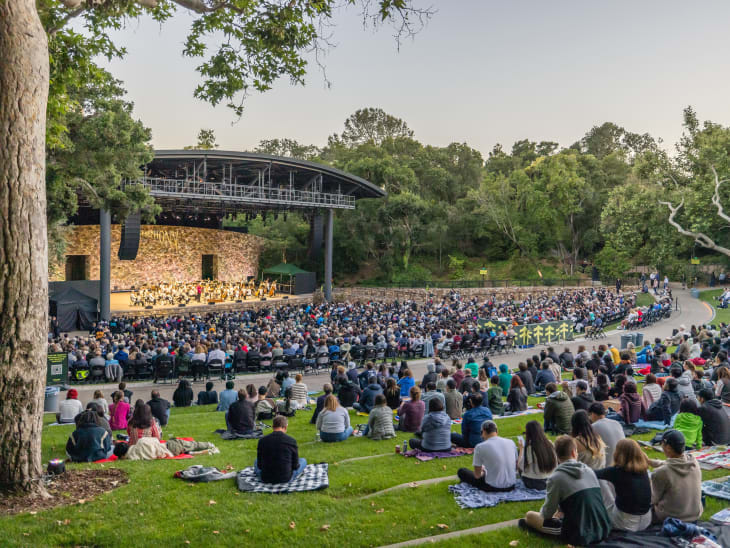
IBERIAN EAR-OPENERS
Few soloists of late have made an impact comparable to Pablo Sáinz-Villegas, who played Joaquín Rodrigo’s highly popular “Concierto de Aranjuez” with the SF Symphony at Davies Hall July 11. Much like Mozart in his piano concertos, he showed an inclination to adding ornamentation, taking the familiar Adagio to a new higher level.
The all-Spanish program had its flaws, but the centerpiece was golden. The virtuoso master of the guitar brought the audience to its feet more than once in his mind-blowing encore. He is a reincarnation of the great father of classical guitar recitals, Andres Segovia, but with flamboyance in place of the reserve of old.
The concierto with its seductive, singable Adagio movement, might rank as the number-one Spanish work in popularity (though composed less than a century ago) and the only enduring repertory work by the blind composer (1901-1999). He had gotten the sudden inspiration for that Adagio while brooding after his wife had suffered a miscarriage.
When I visited him in the late 1970s in Madrid, I was received graciously, and he spoke of the elegant atmosphere of the old city of Aranjuez, where people vacationed in summer. His one complaint was that pop singers kept crooning that tune and, worse, to others’ words: “Aranjuez, mon amour.”
But he could laugh all the way to the bank. His royalty income from that one opus surpassed all his other output combined.
Reverting to the matter at hand, the SFS’ Spanish evening, which appeared to draw a whole new ethnic component to Davies Hall under conductor Carlos Miguel Prieto, was akin to a pops concert, with heavy percussion and flamboyant sonic gesture. The excerpts from Albéniz’s Suite española was a study in Spanish dances and rhythms like seguidillas and sevillanas.
Manuel de Falla’s ballet “The Three-Cornered Hat” (1919) was meandering, but diverting with its many changes of tempo. It recalled Diaghilev’s Ballet Russe in its Paris heyday, producing an instant hit with émigré virtuoso Leonide Massine (who had never even studied Spanish dance) in the sharply accented “Miller’s Dance,” the most enduring section. When Massine came to the Oakland Ballet half a century later, he reminisced about this work which, when Nijinsky was fired by Diaghilev, became an enduring success for him as Nijinsky’s successor.
MUSIC NOTES—Sáinz-Villegas’ encore was the Gran Jota de Concierto by Tárrega (no, not Torroba, the other noted guitar composer from Spain). Its highlight was his adroit tapping the keyboard to cause sympathetic resonance in the strings. He is among the few guitarists playing with orchestra who needs no guitar amplification….In a cameo role for the de Falla, Nikola Printz, a mezzo with a fiery flamenco voice, filled in for the soprano, Caroline Corrales. When she wasn’t singing, the orchestra provided the score’s intermittent bird calls.
THE SAN FRANCISCO SYMPHONY’S Spanish program will be repeated Saturday 7:30 pm at Frost Amphitheatre (outdoors), Stanford University, Palo Alto, with details at https://live.stanford.edu/events/arts-festival-2024/sfs-spanish-favorites, phone number 650.724.2464.